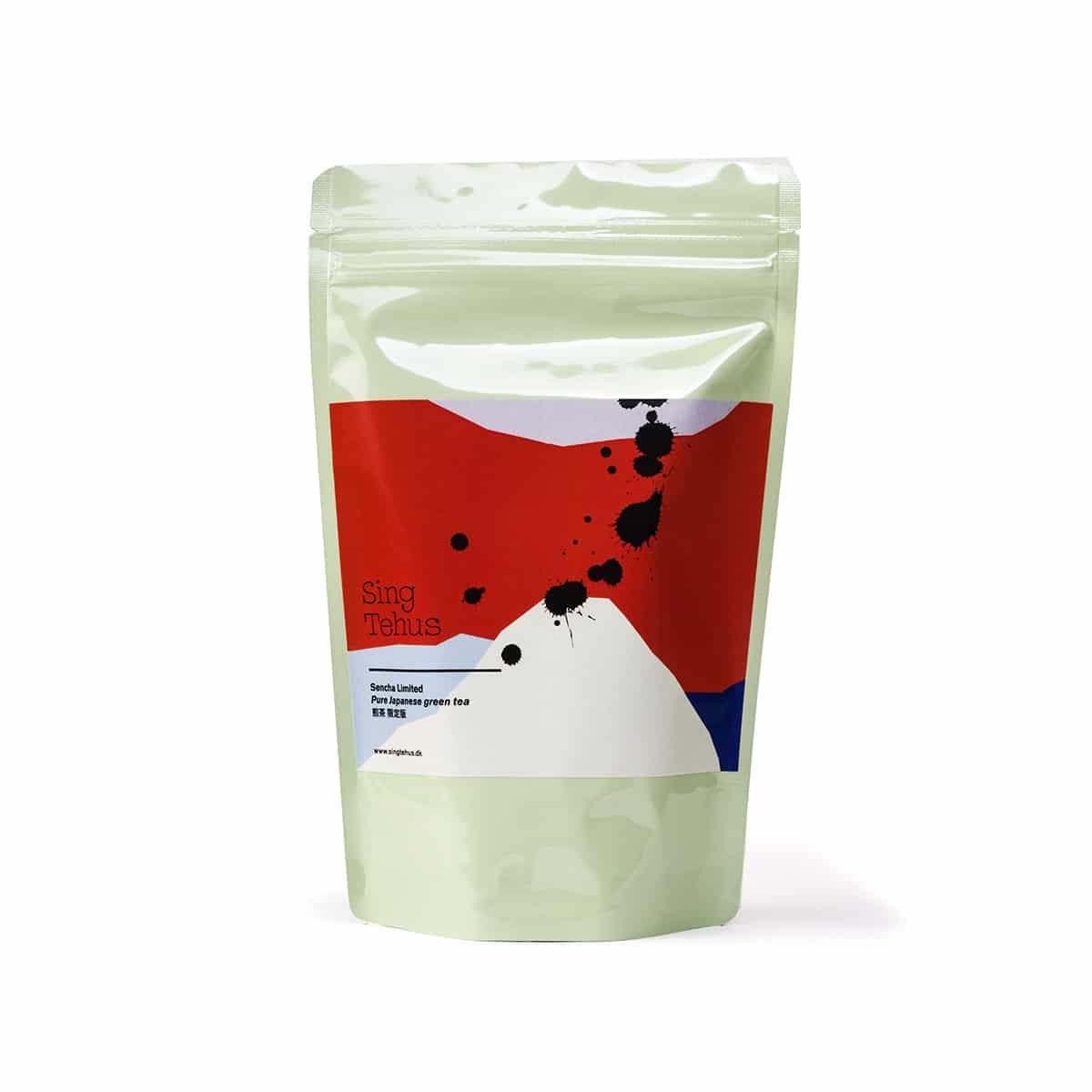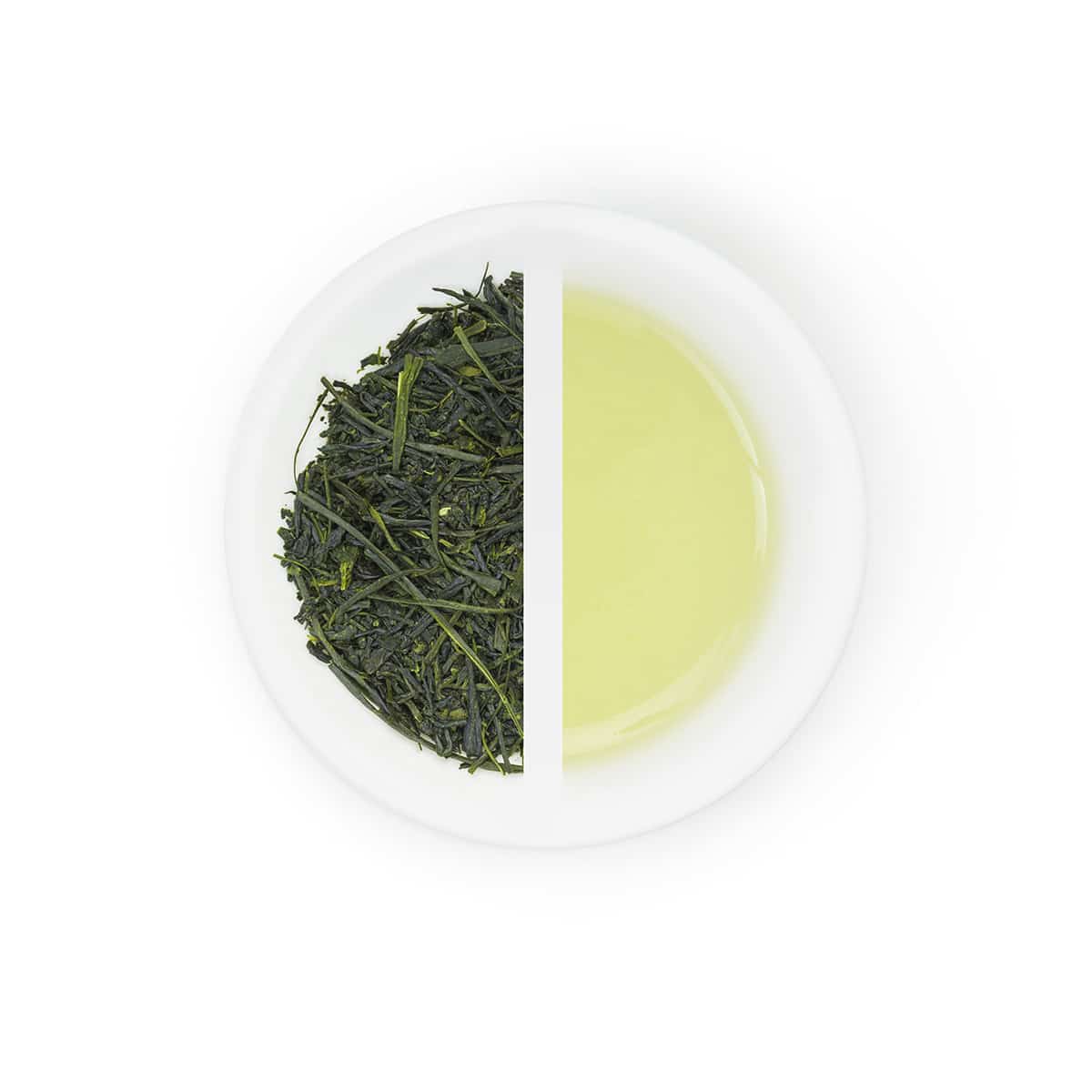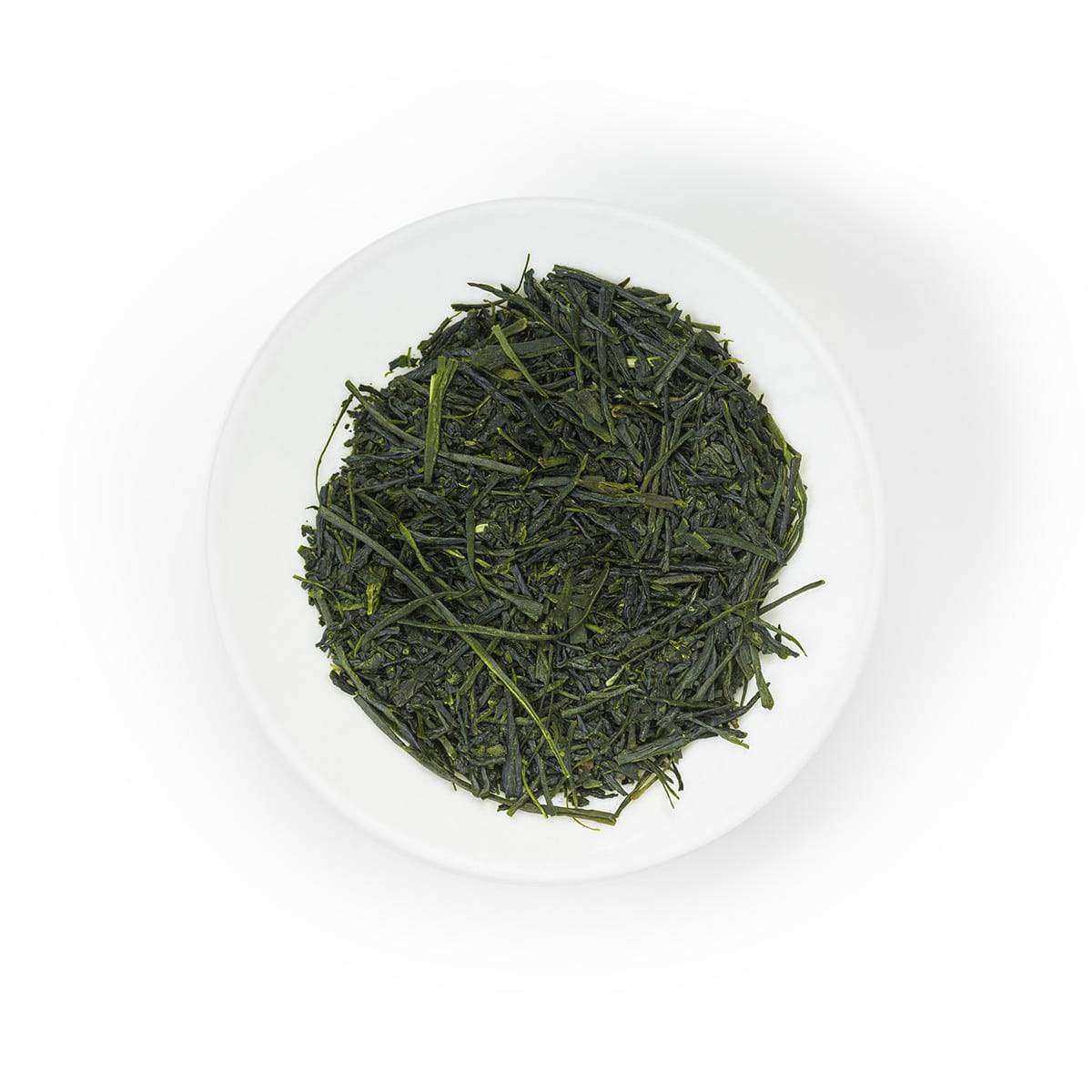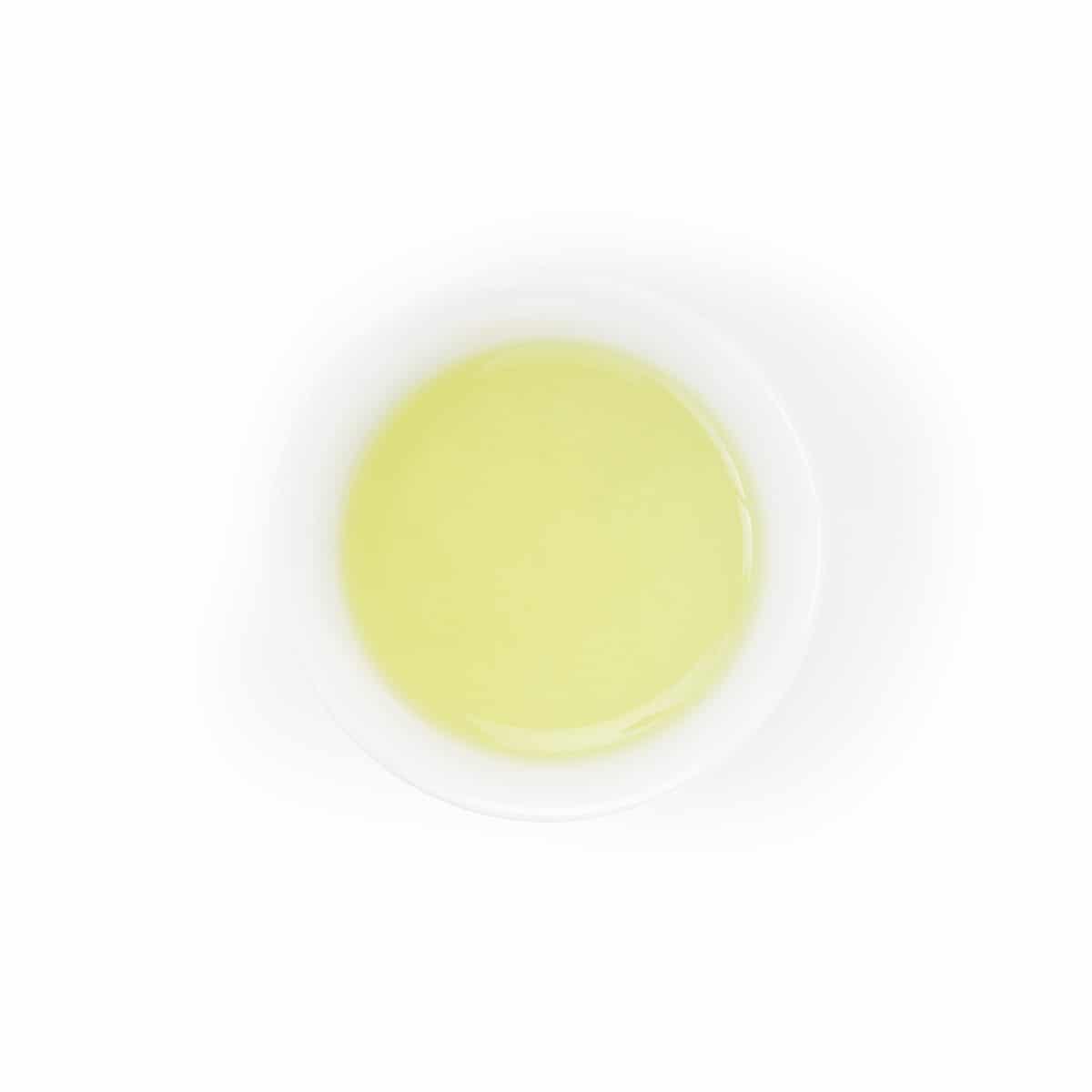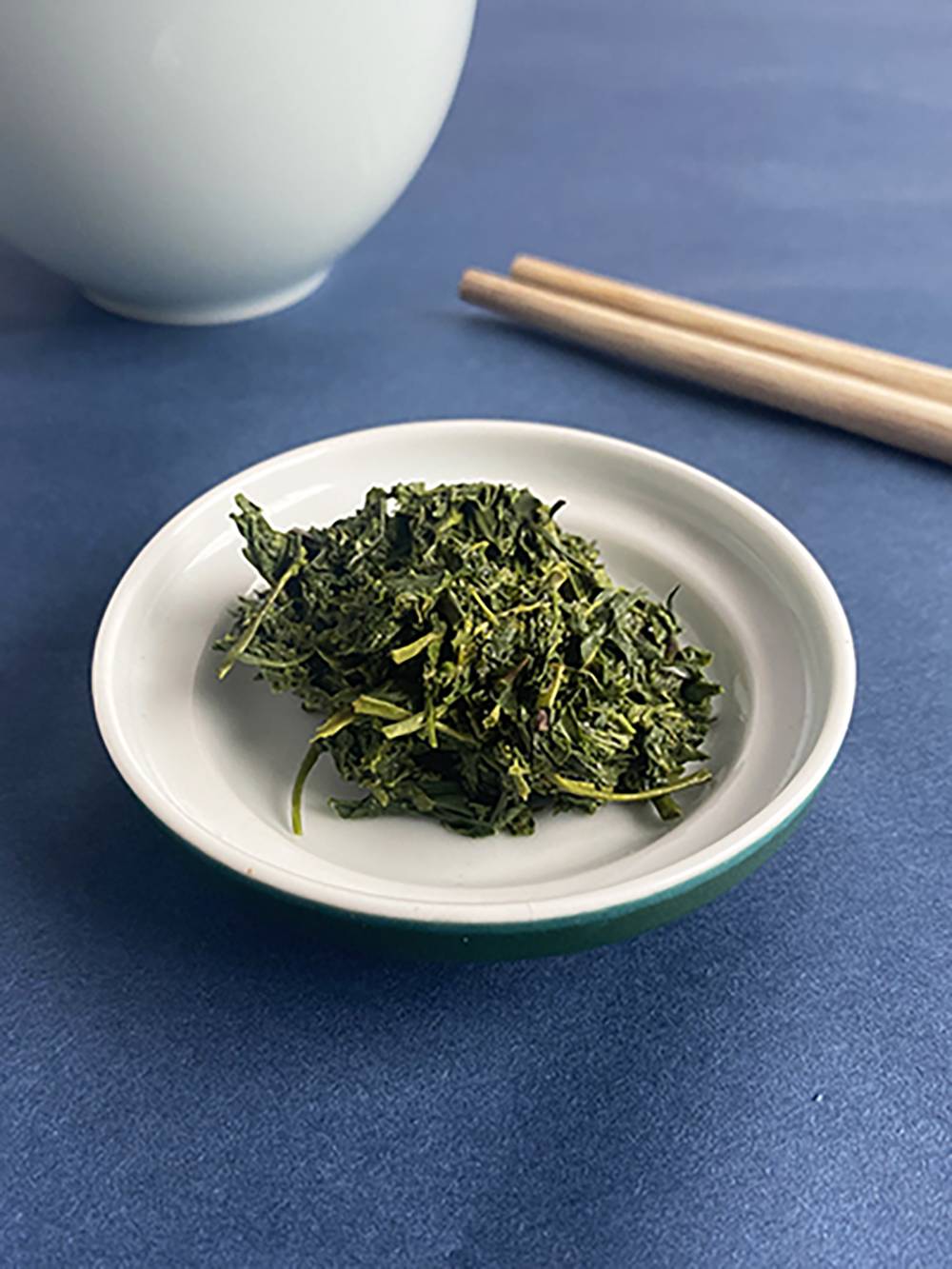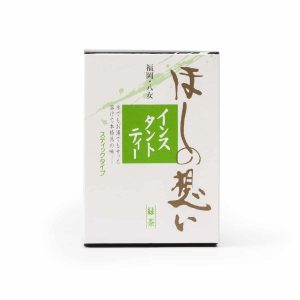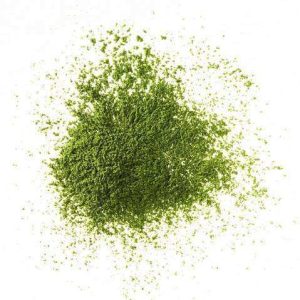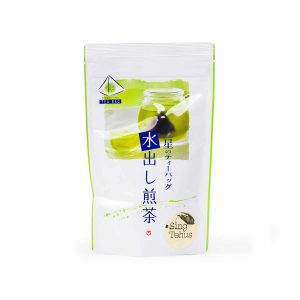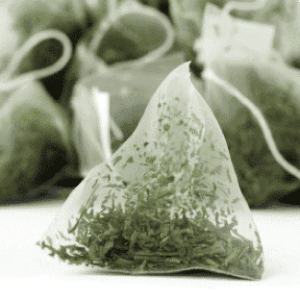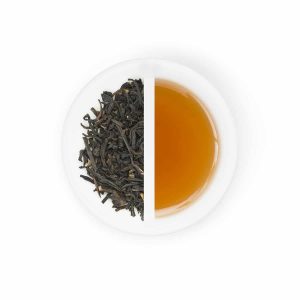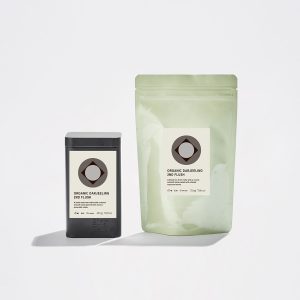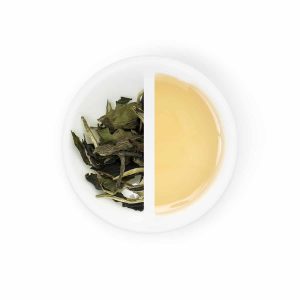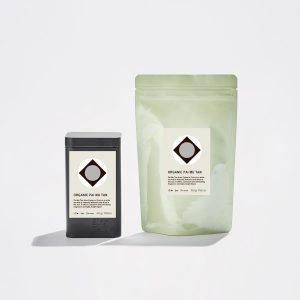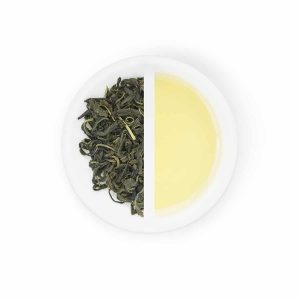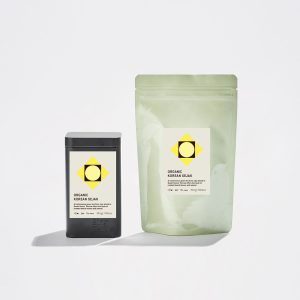China, art and culture
Tea has been drunk in Japan since the ninth century. An ancient Japanese document describes a priest named Saicho bringing the first tea to Japan from China in 805.
In China, tea has been around for thousands of years. During the Tang Dynasty (618-907), many Japanese travelled to China in search of art, culture and especially Buddhism, which was in full bloom at the time. While travelling, the Japanese also became acquainted with tea, which was an important cultural and social element during this period. Producing, preparing and drinking tea could be a complex and sophisticated affair.
"Tea cake" and Zen Buddhist temples
The most common form of tea in the Tang Dynasty was 'tea cake'. These cakes were made by grinding lightly steamed tea leaves into a paste, which was then pressed and baked. When preparing the tea, pieces of the "cake" were broken off. The cake was pulverised and ground into a powder and mixed with hot water, various spices, herbs and salt. In the latter half of the Tang Dynasty period, tea is quite common and is drunk daily.
For a long time in Japan, tea was reserved for monks, the upper class, the samurai and the "important people". Tea was used as a stimulant during meditation in Zen Buddhist temples.
This is still the case in temples today.

